Blog Posts Tagged Technical Content
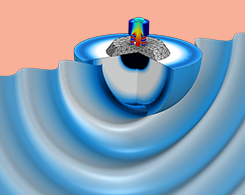
Damping in Structural Dynamics: Theory and Sources
Here’s your introduction to the theory behind damping in vibrating structures, as well as its sources, including internal losses, friction, sound emission, and more. Part 1 of 2.
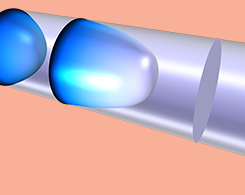
Hydrodynamic Thermal Transport in the Kinetic-Collective Model
F. Xavier Alvarez from the Universitat Autònoma de Barcelona (UAB) discusses using COMSOL Multiphysics® to model heat transfer at the nanoscale and better understand transport processes.
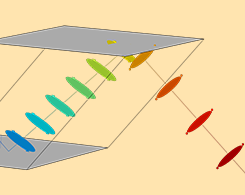
Studying the Polarization of Light with a Fresnel Rhomb Simulation
A Fresnel rhomb is a simple optical system for studying light polarization. Follow along as we simulate linearly, elliptically, and circularly polarized incident light in a Fresnel rhomb.

Using Geometry Parts and Part Libraries in COMSOL Multiphysics®
If you’re working with a model that contains complex geometries, you can use geometry parts and the part libraries to streamline and simplify your model setup.

Digital Twins and Model-Based Battery Design
By combining high-fidelity multiphysics models with lightweight models and measured data, engineers can create digital twins to understand, predict, optimize, and control real-world systems.
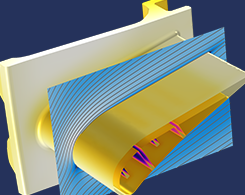
Digital Twins: Not Just Hype
The term “digital twin” has been called everything from just hype to a revolutionary concept. We use a jet engine example to explain the concept of digital twins and how simulation fits in.
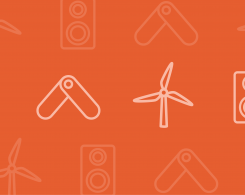
Paper Mechanics and the Benefits of Modeling Paperboard Formation
Get a quick introduction to paper mechanics before guest blogger Eric Linvill discusses modeling a L&W bending resistance test piece for cost-benefit analyses in paperboard production.
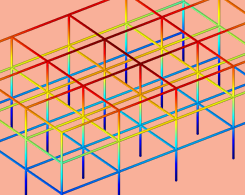
How to Perform Structural Analyses Using Shock Response Spectra
Mechanical engineers: Learn how to find shock response spectra, use combination methods for eigenmodes, perform missing mass correction, and display your results with the COMSOL® software.
